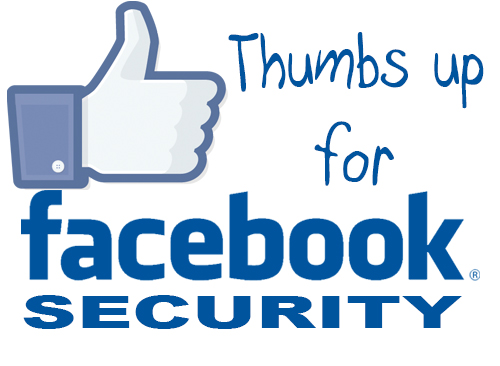
Do you have a Facebook account? If so, you’re not alone. The most recent statistics I’ve seen are through April 22, 2015. As of then, there were 1.44 billion monthly active users. Think about that for a second, 1.44 billion. As of today, there are 7.31 billion people in the world. That means that one out of every five people in the world is active on Facebook. That is staggering! As such, I figured there was a big enough audience to devote a blog or two to the various security settings awarded to users by the social network. Today, we’ll go over some of the options to keep your account and reputation safe. Look for a future post in which we will delve into permissions given to the apps we frequent when on Facebook. Without further adieu let’s get started!
First things first, we need to know how to actually access our security settings. To do this from your Internet browser, look at the top of the screen and look for the box that says “Search Facebook”. Move your mouse to the right, and you’ll see your profile picture, name, “Home”, “Find Friends”, the four icons that show notifications, new messages, friend requests, and privacy, and an arrow pointing down. Click the dropdown arrow, then click “Settings”. Here you’ll find a smorgasbord (I’ve been dying to use that word in a blog) of settings you can edit to configure things to your liking. Today we’re going to focus on security, so click “Security” on the list on the left side of the page. Feel free to go through the other categories at your leisure. If you’re accessing Facebook from an Apple device, go to the app, and look to the bottom of the screen. Look all the way to the right, past “News Feed”, “Requests”, “Messenger”, and “Notifications”, and tap “More”. Scroll down to the bottom of the settings screen, and click on “Account Settings” which is three from the very bottom. The same options are available in both ways, but may be worded differently. A change made on your computer will effect your account globally, meaning your phone will reflect that change as well. The opposite is also true.
For the purposes of this post, I’m logged into my personal account and am viewing the settings in Google Chrome. There are eight items listed under the “Security” settings. We’ll start at the top with “Login Notifications”. Facebook lists a description next to each setting so I won’t waste your time reposting it here. With this enabled, Facebook will alert you with the time, date, and information about the device that signed into your account either by e-mail or text. This is a surefire way to know if your account has been hacked. “Login Approvals” is a setting I didn’t even know existed. My mother is a believer in this (thanks, Mom), and she brought it to my attention. Basically, the first time you sign in to your account from a different web browser than you’ve used before you’ll need to enter a verification code to proceed. The code is sent to the cell phone number you have on record via text message. A hacker would need your phone and know your e-mail and password to gain access to your account. “Code Generator” works in concert with “Login Approvals”. With “Code Generator” enabled, a new security code will be displayed on your phone that will allow you to gain access to your account on a different computer. This is helpful if you can’t receive text messages. “App Passwords” is pretty self explanatory. By enabling it, you can create and use different passwords for any apps you use through Facebook rather than just using your global Facebook password. This is a must to keep your account secure if you play a lot of games (if I see one more Candy Crush request I’m gonna scream) on Facebook. “Trusted Contacts” allows you to grant permission to three to five specific, trusted, people who can help you gain access to your account should you ever forget your password and can’t access a recovery e-mail account. They can receive a security code for you to verify that it’s really you, and pass information on to you to gain access. “Your Browsers and Apps” displays the ways you can log in to your account and not get notified about it. All I have listed on mine, for example, is “Facebook for iPhone”. “Where You’re Logged In” lists the different places in the world you’ve been logged into your account. These include where you’ve been logged on to a computer, smartphone, Facebook Messenger, and anything else you can connect with. There’s an option to end activity for anywhere you’re not currently at. This is another place to see if any funny business has gone on with your profile. Don’t be too alarmed if it’s a nearby location you haven’t been – sometimes this is because of your Internet Service Provider. Lastly, and I guess fittingly, the option of “Legacy Contact”. This is pretty morbid, and I can’t believe that people really worry about this, but this is your “Facebook will” so to speak. You can put a person in charge of your account after you die, or you can have your account deleted upon death. After you’ve decided what to do with your house after you’re gone, don’t forget about your Facebook page! Ridiculous.
You may not be the biggest Facebook fan. You might not like the changes that have been made to your timeline. But one thing that Facebook has gotten right is its security options. There are many to choose from, and they’re robust enought to deter most cyber criminals. As Facebook has become more popular, the damage that can be caused to your reputation and future has gone up exponentially. Take a few minutes to make sure you’re protected. Thumbs Up for Facebook Security!
